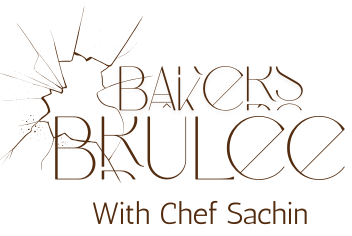Copper Bowl : Unlocking the Chemistry of Perfect peaks
Were you aware that whipping egg whites in a copper bowl isn’t just about style? It’s where science meets art in baking. Bakers have valued copper bowls for a long time because even a small amount of copper ions can transform ordinary egg whites into glossy, stable foam. This is why using copper bowls makes whisking a smooth process instead of a risky task. In pastry kitchens, where soufflés rise and meringues form, this unique metal greatly impacts results. Understanding why copper works not only helps you whip better, but it also connects you to centuries of pastry traditions and modern protein chemistry.
Let’s explore the science and story behind copper and egg whites to see how this simple bowl enhances your cooking with elegance and precision.
When you whip egg whites, proteins are denatured by mechanical action; they unfold, form foam, and bond around air bubbles. Normally robust, they can over-denature, collapse, or become dry and grainy without assistance. This is where copper kinetics come into play.
Were you aware?
Copper was the preferred tool for whipping eggs in the French pastry industry of the 18th century, and by the 1770s, it had become ingrained in pastry legend. Only in the 1980s, when McGee and associates revealed in Nature how copper enhanced albumen foams.
Why copper, then?
How Copper Ions Stabilize Foam
As you whisk, copper ions very slightly seep into the whites. Conalbumin, also known as ovotransferrin, is a sulfur-rich protein that they bind to and stabilize. The protein resists unfolding too much and more consistently holds foam together when copper is attached. Simply put, copper strengthens the backbone of your foam by slowing coagulation and raising the temperature (or mechanical stress) threshold at which proteins collapse.
How does that feel in the bowl?
What It Feels Like to Whip Egg Whites in a Copper Bowl
It actually takes a little longer to reach stiff peaks, but once you do, the foam is shiny, golden-tinged, holds its shape, and doesn’t quickly start to collapse or weep. In actuality, glass-whipped whites begin to collapse in less than ten minutes, while foam whipped in copper bowls stays firm for up to twenty minutes.
Traditionally, egg foam in glass or stainless bowls can be stabilized with cream of tartar or another acid. However, copper provides almost infallible protection: it can marginally lower the risk of over whipping, and it doesn’t require acid because adding acid and copper together can cause too many ions to be released and result in a metallic taste. When they don’t have a bowl, some bakers even try using copper-plated pennies.
Copper Is a Gentle Assistant, But Technique Remains King
At the end of the day, the magic of copper really exists, but it is not a miracle working tool. Fresh eggs are a must. A clean bowl and a clean whisk are necessary. If it comes down to it—your own technique still matters. A copper must give you some leeway: it helps stabilize foamy whites and gives you time before the whites may become overbeaten. But it cannot help when an old bowl of tired egg whites is ready to be poured out or the slightest greasy traces are left on the tools.
A copper should be considered a gentle assistant, not a savior. It cannot replace the essentials but rather it refines them. It provides you with greater control, a softer margin of error, and a bit of reassurance when you’re going after that glossy, stiff finish. But the real heart of great baking rests in your decisions, your attention, and your craft.
So, with that said, every time you whip up a batch of meringue or soufflé, just let copper join your shortlist of tools. But do not forget: You are the real secret. Your attention, intuition, and feel for when it is “just right”—that’s where the real magic lies.
